February 5, 2025 | 15:52 GMT +7
February 5, 2025 | 15:52 GMT +7
Hotline: 0913.378.918
February 5, 2025 | 15:52 GMT +7
Hotline: 0913.378.918
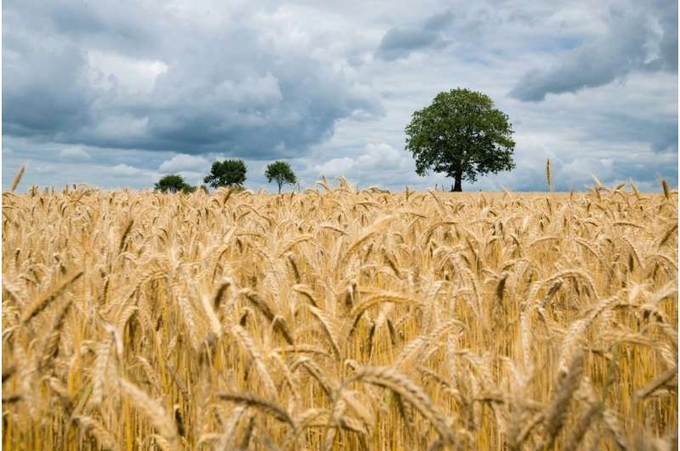
A comprehensive study of worldwide food production finds yields have continued to grow at roughly the same rate since the 1960s.
John Baffes of the World Bank and Xiaoli Etienne of the University of Idaho, U.S., report these findings on November 27, 2024, in the open-access journal PLOS ONE.
Almost 10 billion people are expected to inhabit Earth by 2050, so agricultural production will become increasingly critical to feeding the growing population.
Over the past six decades, much of the growth in food production has stemmed from technological advances, including the widespread development and use of better crop varieties. But some studies have suggested that the growth in production has leveled off, raising concerns about future food availability, especially in the low- and middle-income countries with the highest population growth.
In the new study, the researchers developed standardized measures. "Utilizing a comprehensive caloric-based index of production and yield for 144 crops, covering 98% of global agricultural land and food output, this paper reveals that, on an aggregate level, global yield growth—a vital indicator of agricultural productivity—has not slowed over the past six decades," the authors say.
These measures could allow scientists and policymakers to compare agricultural productivity across different countries and regions. The researchers also found that any observed slowdown in specific crops, regions or countries has been offset by gains in others. "This steady growth equates to an annual increase of approximately 33 kilograms of wheat per hectare, highlighting continued productivity gains worldwide," they add.
While the study's findings are reassuring from a global food supply perspective, the researchers caution that sustainable food production and the affordability of food will continue to be challenges to global food security. They emphasize that these concerns are particularly relevant in the face of intensifying climate change and increased demand for food due to population and income growth.
(Phys.org)

(VAN) Coffee prices on February 4, 2025, surged by VND 1,700 – 1,900/kg domestically, currently ranging from VND 129,700 – 130,700/kg.
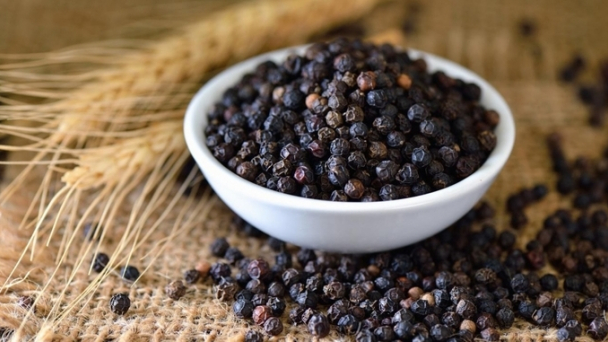
(VAN) Pepper prices on February 4, 2025, range from VND 149,000 to VND 150,000/kg, up sharply by VND 1,500 – VND 2,000/kg compared to yesterday.
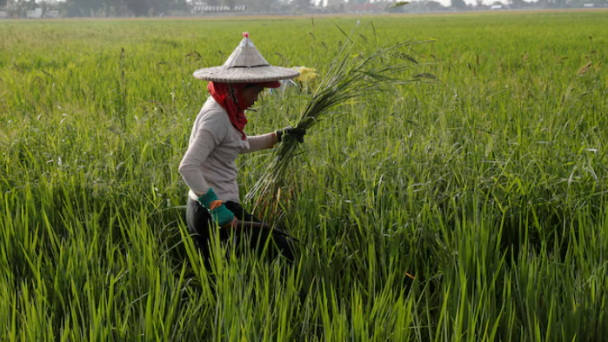
(VAN) Despite efforts to liberalise rice imports and reduce tariffs, the agriculture department said, the domestic market has been slow to respond, with retail prices surpassing expectations.
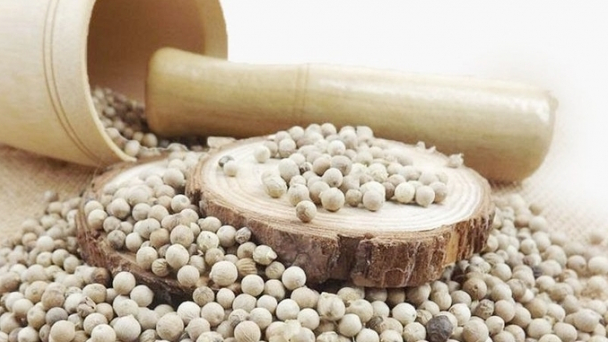
(VAN) Pepper prices on February 3, 2025, remain unchanged in both domestic and global markets. Domestic pepper prices are trading at VND 147,000 - 148,200/kg.
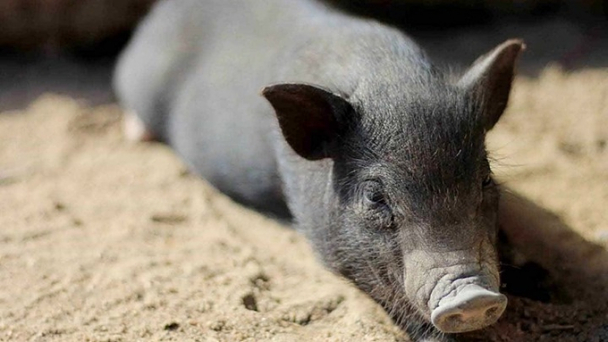
(VAN) Live pig prices remain steady, ranging from VND 66,000 - 69,000/kg. In Quang Ninh, efforts are being made to protect livestock during the cold weather.
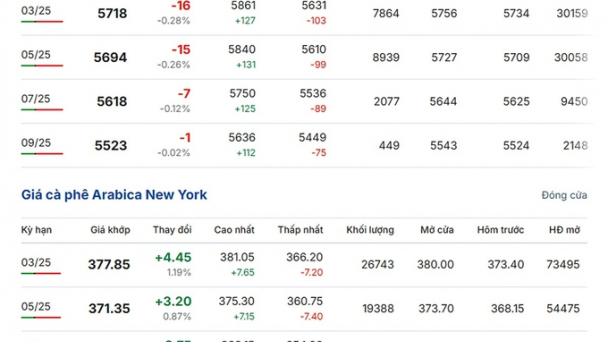
(VAN) Coffee prices on February 3, 2025, remain unchanged. Domestic coffee is currently trading in the range of VND 127,800 - 129,000/kg.
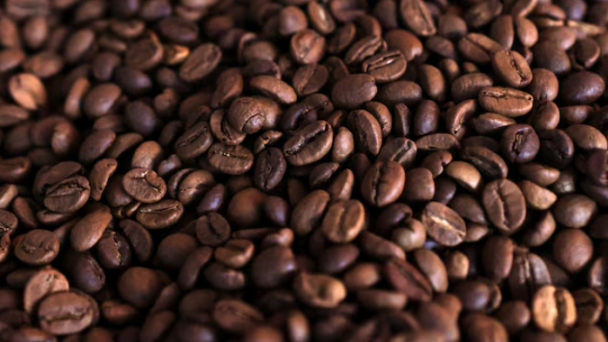
(VAN) Global arabica coffee prices hit record highs above $3.60 per lb as Brazil, by far the world's largest producer, has few beans left to sell and as worries over its upcoming harvest persist.